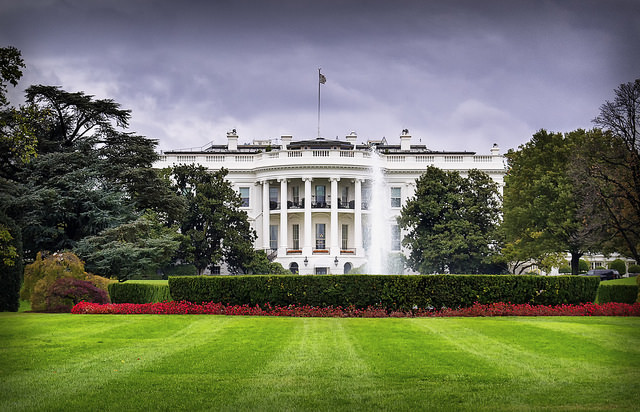Political theory need not be boring. Neither, according to Jeremy Waldron, is it always as “political” as it ought to be. In a highly readable and unusually entertaining collection of essays entitled Political Political Theory: Essays on Institutions, published by Harvard University Press in 2016, Waldron demonstrates that political theory can and should be far more focused on the construction of institutions than present practice typically is. The focus of political theory on topics such as justice and social ideals, Waldron argues, leaves us with significant blind spots in understanding the workings of our politics. Political political theory is defined as theory which is centered on the development of institutions that promote good governance in their own right “in a good society composed of humans rather than angels” (3).
Waldron refers to his collection of essays as an “album,” speaking of the first chapter as its “title track” (ix). The analogy is apt; the book functions similar to a well-executed concept album, with each chapter making a point in its own right and the book as a whole telling a story that might be missed by merely reading the essays separated from one another. The book is more readable for it; each chapter is relatively short and stands largely on its own, breaking the book into digestible, coherent chunks.
Waldron begins by defining his particular brand of political theory and placing it in relation to his field as a whole. Political theory over the last few decades has been defined largely by the pursuit of social ideals such as justice, with the most famous contemporary theorists focusing their work on justice itself. Waldron makes reference to John Rawls and Robert Nozick, but the list could be expanded to include Michael Sandel and others as well. Without denying the importance of theories of justice to the field of political theory, Waldron makes a convincing argument for a reorientation.
Interestingly, Waldron outlines first a division between theory that analyzes structure and theory that analyzes individual virtue, drawing inspiration from the likes of David Hume and James Madison. The idea that this dichotomy is central to the practice of political theory seems intuitive; much of political science, if not political theory, focuses either on the behavior of individuals or the structures in which individuals act. Only later does Waldron reference the third category, ideals to be pursued by society, which has become the primary pursuit of contemporary political theory. In so doing, Waldron plants the idea that social ideals are less directly related to real-world practice of politics than other theoretical topics. It is a short step from this point to the larger argument – that the focus of political theory since Rawls and Nozick is misplaced, and therefore ought to be changed or at least distributed more evenly among these three categories.
Waldron’s focus on institutions leads him to abandon entirely the possibility of pursuing individual virtues, which by his own account has also been largely neglected by the canonical practice of contemporary political theory. This is a small complaint, however, in the light of his deep and convincing argument that institutions ought to become the focus of political theory. Taking the metaphor of the book as an “album” a little farther, the title track opens our minds as readers to the account Waldron is set to give us of institutions. Following this laying-out of his argument, Waldron’s “album,” like so many others, is organized in clusters of “tracks,” beginning with institutional principles associated with governance, using political opposition as a natural transition into legislation, and continuing on accountability, representation, and a stinging critique of some cherished judicial practices. The “album” closes with an “encore” of sorts in the form of essays on Isaiah Berlin and Hannah Arendt, bringing the focus back to constitutional design and the broader role of institutions. Through this construction, Waldron makes his argument in the classic manner, proceeds to demonstrate its correctness through the development of nine chapters of “political political theory,” and closes with a demonstration that the dichotomy between institutional and non-institutional theory is neither a new nor an irrelevant one.
The greatest strength of the book is Waldron’s writing style. His argumentation is detailed and direct, and peppered throughout with comments of the sort frequently made in casual discussions of political theory. Sentences such as, “Admittedly, this is a bit of a reach as far as Montesquieu is concerned. But everything is a bit of a reach as far as Montesquieu is concerned,” (59) would not be out of place in any lunch-table discussion between two students of Montesquieu. Such casual phrasing, backed up by serious argumentation, serves to make the subject far more entertaining and the book more readable than it may have been in the hands of another author. The dozens of endnotes for each chapter likewise provide a wealth of resources for the political theory student and demonstrate the depth and breadth of Waldron’s work. Readers are treated to detailed references, referrals for further reading, and explanations of individual points that encourage deep exploration of the subject matter.
Simply put, Waldron’s book is a must-read for students of political theory, providing as it does an intellectual challenge to the present focus of his field as well as a well-referenced index for further study.
Image Credit: Flickr/Diego Cambiaso
